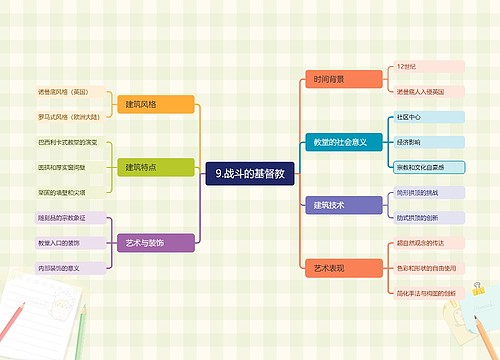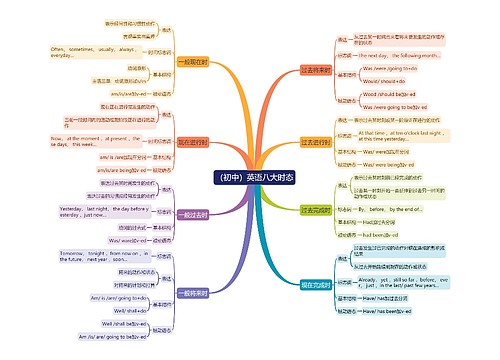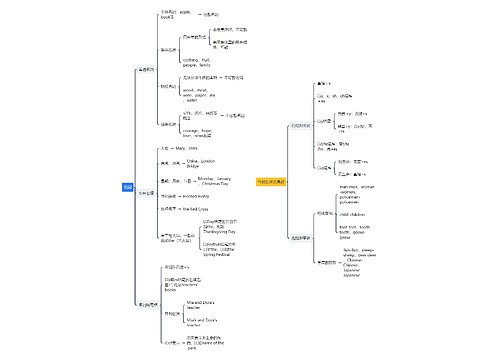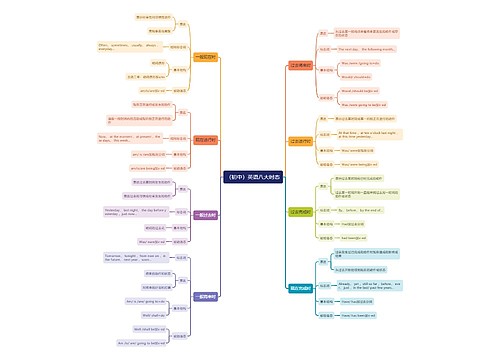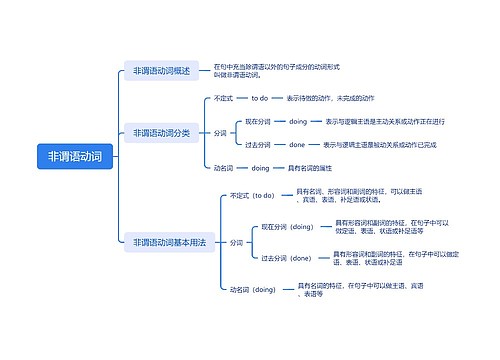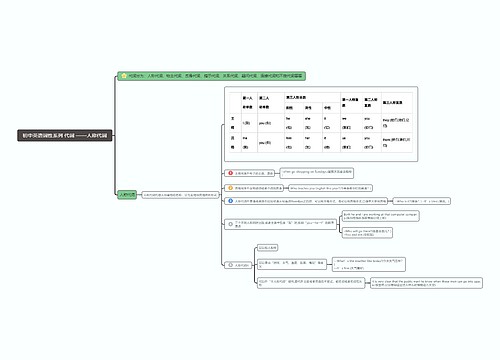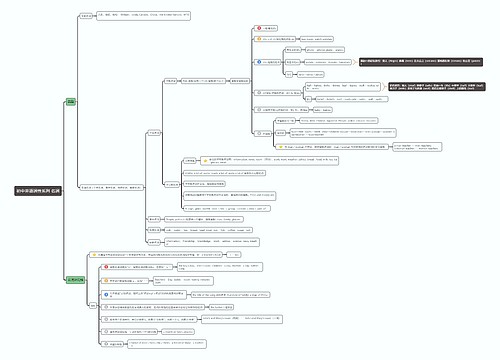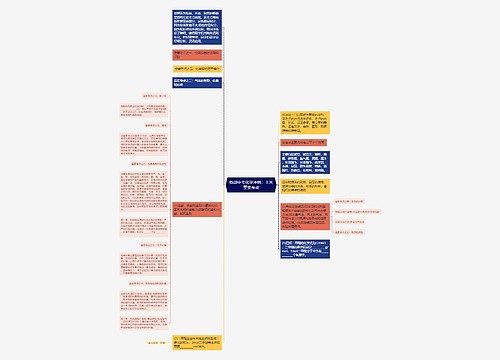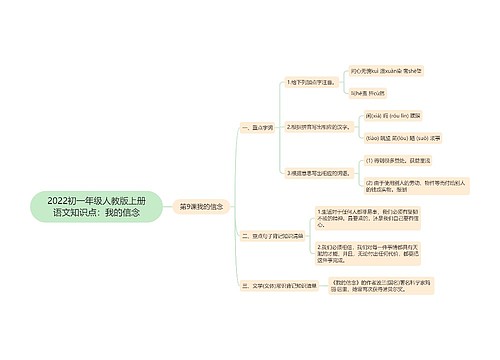所谓系表结构,在此指"连系动词+用作表语的动词-ed形式"结构。它与被动语态的形式完全一样,所以在应用时应注意它们的区别。
A. 被动语态中的过去分词是动词,多强调动作;系表结构中的过去分词相当于形容词,多强调状态。前者通常可用by+人或by+抽象名词表动作的执行者,而后者则一般不用。
The gate to the garden was locked by the girl. 花园门被那个女孩锁上了。(被动结构)
The gate to the garden was locked. 花园门锁了。(系表结构)
The tree was blown down by the high winds. 那棵树被大风吹倒了。(被动结构)
The tree was blown down when we saw it. 我们看到那棵树时,它已经被吹倒了。(系表结构)
注意:
少数"连系动词be + 用作表语的动词-ed形式"也带by短语。
The old man was surrounded by small children. 老人被孩子们团团围住。(被动语态)
Guilin is surrounded by hills and mountains. 桂林周围都是山。(系表结构)
We were held up by fog. 我们因雾受阻。(被动语态)
The tree is known by its fruit. 看到果子就知道是什么树。(系表结构)
B. 系表结构一般只用于一般现在时、一般过去时等少数几种时态;而被动语态可用多种时态。
The composition is well written. 这篇作文写得很好。(系表结构)
The composition is being written. 这篇作文正在写。(被动语态)
C. 系表结构中的过去分词可被very, too, so修饰,被动语态中的过去分词须用much修饰。
The boy was too frightened to move. 这孩子吓得动也不敢动。(系表结构)
He was very excited.他很激动。(系表结构)
He was much excited by the news. 他听到消息后很激动。(被动结构)
D. be + 不及物动词的过去分词通常是系表结构。
Her money is all gone. 她的钱都花光了。
The honoured guests are arrived. 贵宾们到了。
The moon is risen. 月亮升起来了。
The leaves are fallen. 树叶落了。
We are prepared for the worst. 我们已准备好应付最坏的情况。
E. 表示"充满"意思的"be + 过去分词 + with"结构多为系表结构。
The mountain is covered with snow all the year round. 这座山终年被积雪覆盖。
The classroom was crowded with pupils. 教室里挤满了学生。
The lake is dotted with fishing boats. 湖里渔帆点点。
The floor was piled with old books. 地板上堆满了旧书。
F. remain, feel, lie, stand 以及 become, grow 等词 + 过去分词结构多为系表结构。
The matter remained unsettled. 这件事悬而未决。
She felt disappointed. 她感到失望。
The road became crowded. 道路拥挤了。
G. 句中有时间状语和地点状语时,一般为被动语态,反之为系表结构。
The bank is closed. 银行现在关门了。(系表结构)
The bank is usually closed at six. 银行通常六点关门。(被动语态)
He is married. 他结婚了。(系表结构)

 U633687664
U633687664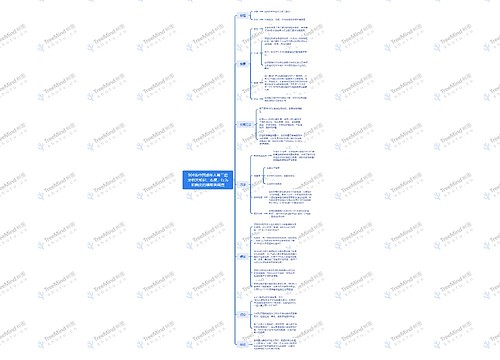
 U582679646
U582679646